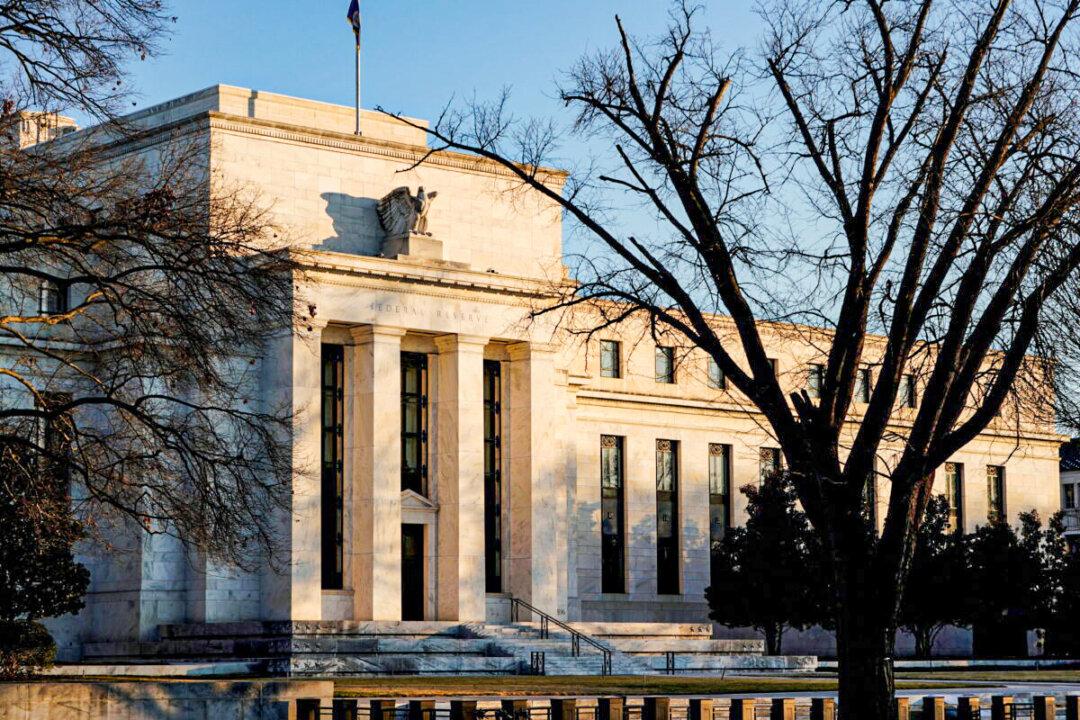Commentary
Most investors believe when the Federal Reserve tapers its balance sheet, it means interest rates are going to rise. Yet, something peculiar happens when the Fed reduces its monetary support for the economy, as interest rates tend to fall. At the end of quantitative easing 3 in 2014 and later in 2017, interest rates fell as the Fed reduced its asset purchases.





